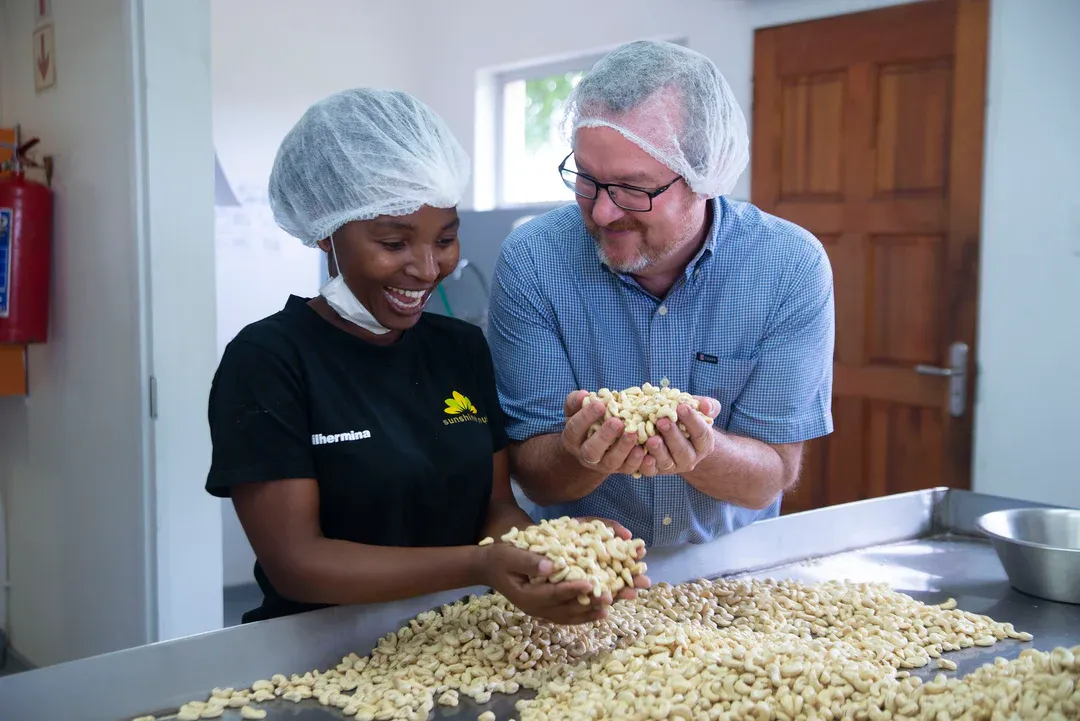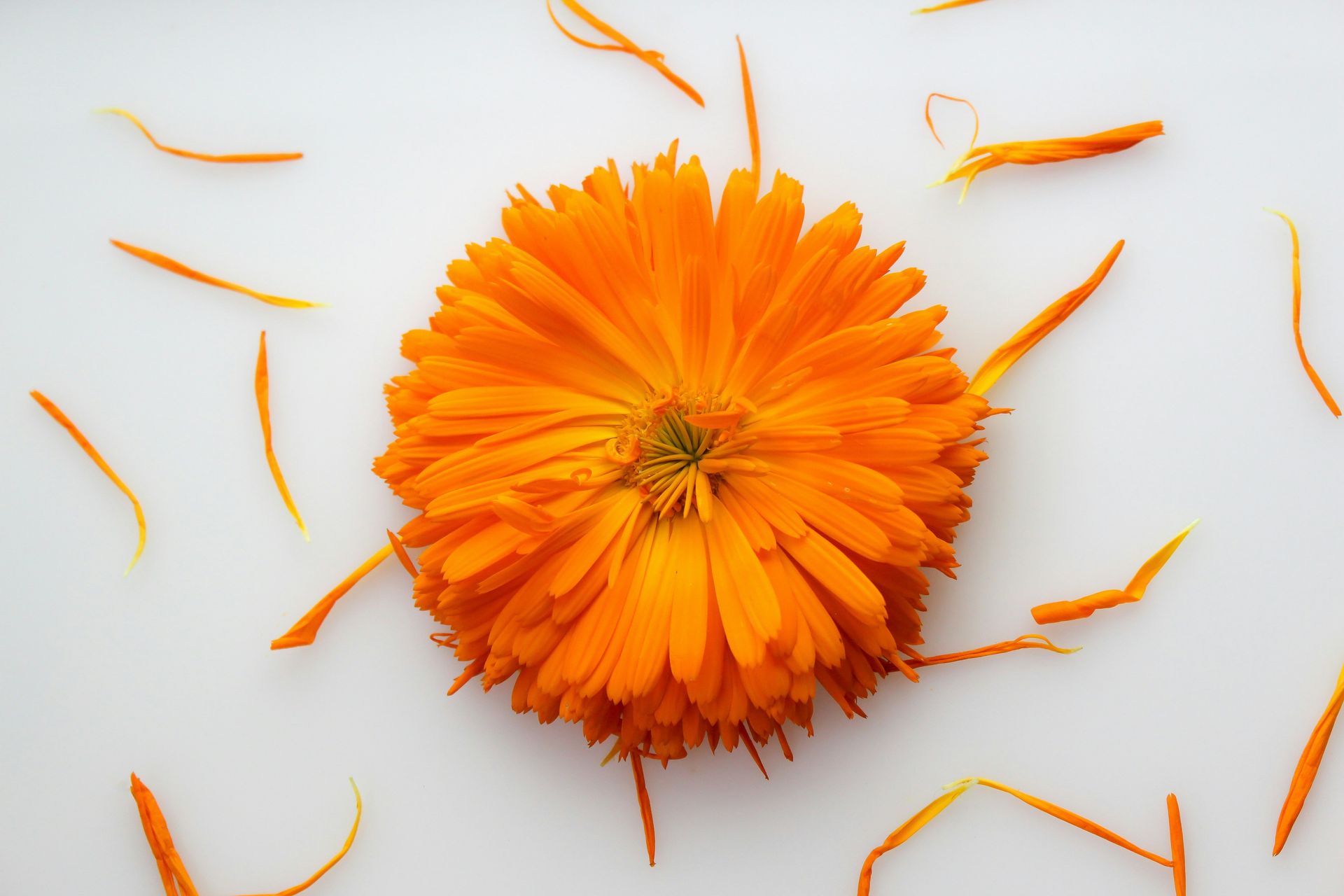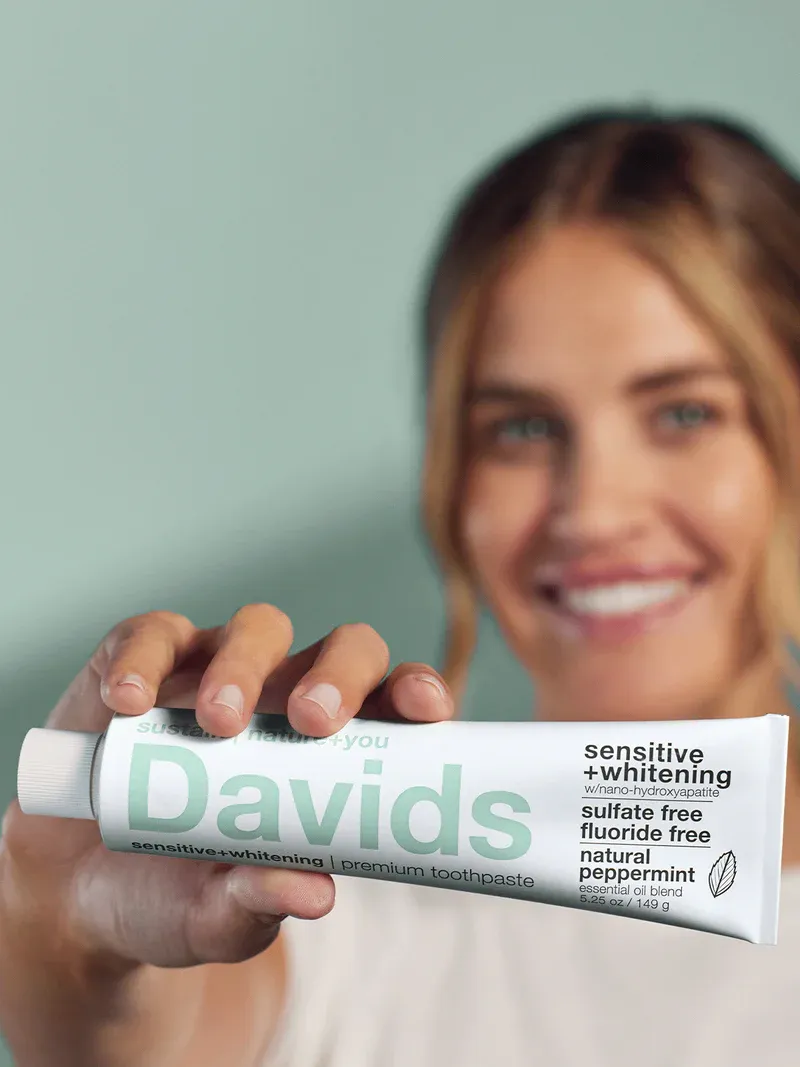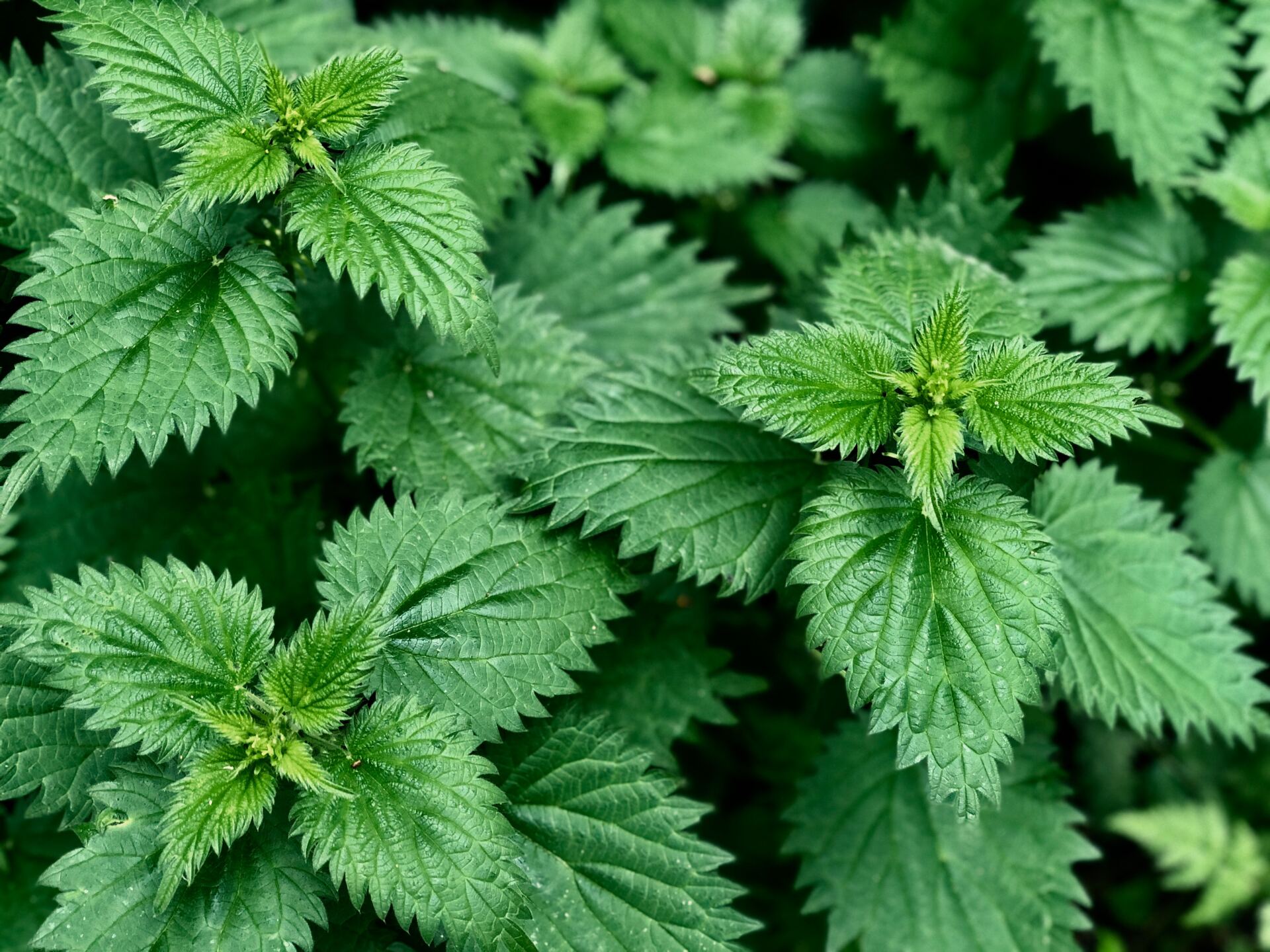








Foraging for plants and mushrooms is getting more and more popular these days as people are getting back to nature. My advice for anyone looking to get into medicinal or edible plants is to learn which are the most abundant – weeds. Weeds are some of our most important medicinal herbs, and they are often the easiest to find and the most naturally abundant. They are also easy to attain from your neighbors, because who doesn’t want you to pull their weeds?
It is no coincidence that our most beloved detoxifying herbs are the ones that grow in the scrubby, disturbed, and forgotten areas. Our great medicinal weeds are soil remediators, stabilizers, and pioneer species. The chemicals they make to perform these roles in their ecosystems are the very ones that act in our bodies.
The most prolific chickweed (Stellaria media) patch I’ve seen in my life is in a narrow median strip of forgotten soil in the International District in Seattle. Though I would never harvest from this particular patch due to its high traffic location, it gives you an idea of where that plant thrives. In addition to being a fabulous edible for salads, chickweed is used medicinally to dissolve and discourage growths in the body. See the ecological parallel? I like to summarize it pragmatically as “gets rid of yuck.” As with many herbs, patience is the name of the game. Chickweed is a gentle herb and does not work overnight.
Stinging nettles (Urtica dioica), which are a popular herb for allergies and a fantastic edible, are also excellent accumulators of heavy metals. Luckily, nettles mostly grow in wet, disturbed areas of forests, so this accumulation is often not of huge concern. However, don’t harvest from the nettle patch at the edge of the sludge pile of a mercury mine, for example. But nettles don’t just absorb heavy metals, they absorb minerals, too. For this reason, nettles are a great source of minerals, especially iron and calcium. In fact, it’s best not to harvest nettles for eating after they grow above knee height because they accumulate so many minerals that our bodies can’t handle it.
When we speak of minerals, we cannot forget horsetail (Equisetum spp.), which gardeners consider an irksome pest in the garden because their roots are deep underground, so they’re tough to get rid of. Research is starting to show that horsetail may be cycling minerals from deep in the earth up to the surface, which explains their extremely high mineral content, especially silica. The decreasing levels of minerals in our factory-farmed food is concerning, so plants like nettle and horsetail are fantastic allies to supplement a modern diet. Like nettles, horsetail must be harvested before they accumulate too many minerals. They are best harvested in the spring, before the arms have dropped below 90 degrees.
Dandelion (Taraxacum officinale) is a quintessential liver herb, meaning we can use it for conditions such as acne, psoriasis and other conditions associated with a congested liver. Just as it breaks up congestion in our bodies, dandelion aerates the soil and improves soil quality. When you see a field of dandelions, they are probably hard at work! The roots can be harvested from spring through fall, and either dried or roasted. Greens are best harvested for food in the spring, when they are tender and young. They’ll be less bitter!
Other local weedy favorites to look into are red clover (Trifolium pratense), plantain (Plantago major, P. lanceolata), and yarrow (Achillea millefolium).
Due to the propensity for ecological heroism that these weeds have, it’s very important to survey the area before you harvest. Is it growing in toxic sludge? Is the ground glowing? It’s never that obvious, but you catch my drift. Telephone poles, roadsides, and gas stations are not good places for harvesting clean herbs. You can call the parks department to ask about pesticide use in parks, and the county does soil surveys that are available online. I usually check out the area for brown spots or patches of dead plants.
When harvesting wild plants, correct identification is of the utmost importance. Attend a class, invest in a few guidebooks, Google lookalikes, and consult Internet forums. There are a few poisonous plants in Washington, and you don’t want to find out the hard way. That said, have fun discovering the plant world just outside your door!
Natalie is a local clinical Western herbalist and teacher at the Adiantum School of Plant Medicine. She has studied with Cascade Anderson Geller, Matthew Wood, Sheila Kingsbury, and many other well known Western herbalists. She teaches herbalism, plant identification, and a nine-month apprenticeship program at the Adiantum School of Plant Medicine. Contact her at adiantumschool@gmail.com or learn more at adiantumschool.com.









Please give us a call for today’s deli hours as they can vary due to staffing.
Grab and go options are always available until close.
FEDERAL WAY
Monday-Saturday: 8 am - 8 pm
Sunday: 9 am - 7 pm
Please call for current deli counter service hours. Grab and go options available until closing.
2565 S. Gateway Center Place
Federal Way, WA 98003
TACOMA
Monday-Saturday: 8 am - 8 pm
Sunday: 9 am - 7 pm
Please call for current deli counter service hours. Grab and go options available until closing.
2951 S. 38th Street
Tacoma, WA 98409